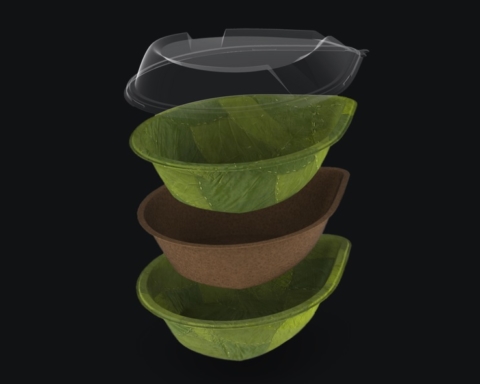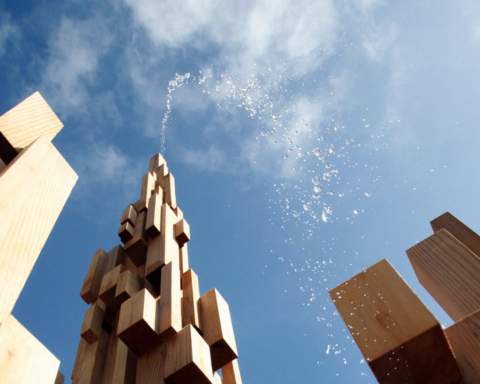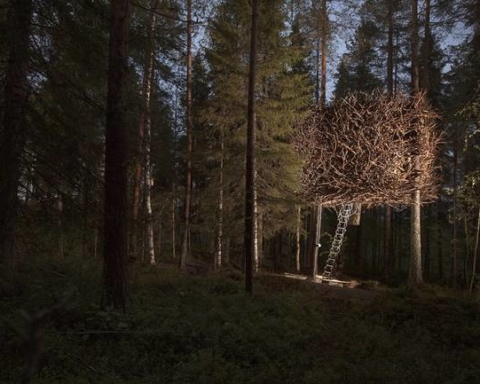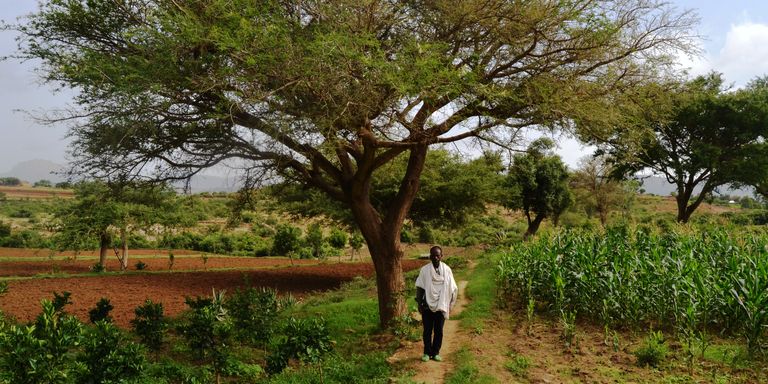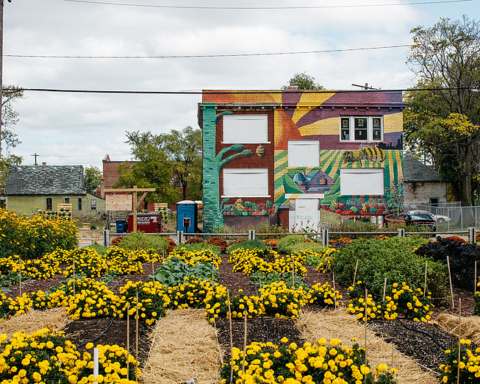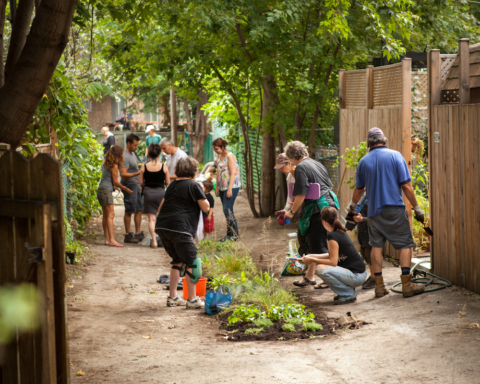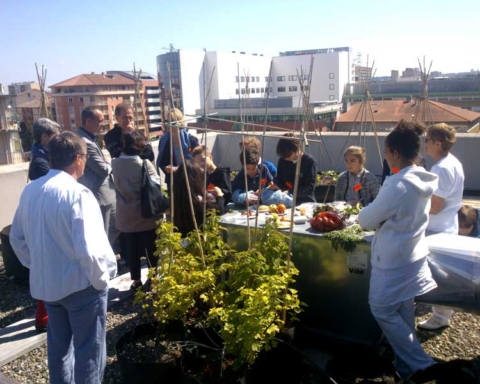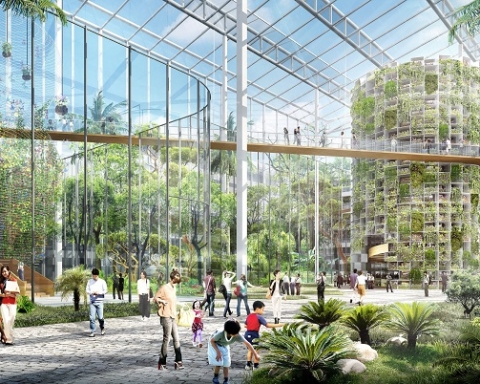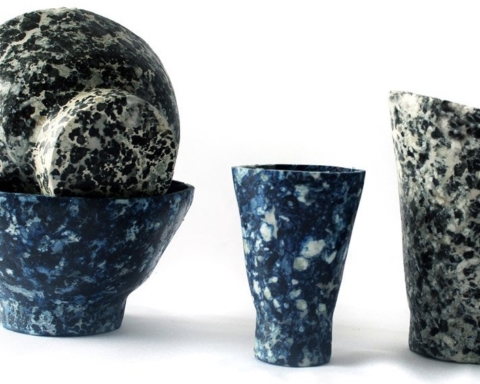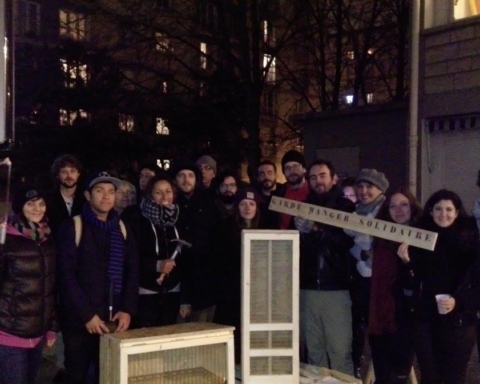Orange, avocado, and mango trees are covered with shade by huge acacia trees in Abrha We Atsbeha. These nitrogen-fixing trees, which provide beans to feed the cattle, were planted by farmers.The story of Abreha We Atsbeha is like a fable. This village is 2 000 meters above sea level in northern Ethiopia and particularly known for hosting one of the oldest rock churches of the country. In the late 1990s, there was not enough water for man and animal. Food was missing. The 5000 inhabitants survived only on food aid. The exodus threatened the village.
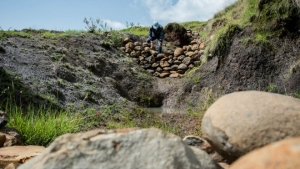 The Ethiopian government then leaves the choice to the people: to live elsewhere, where the grass is greener or work very hard to make this village a “laboratory”, breaking with traditional farming practices. They decided to take their destiny in their hands.
The Ethiopian government then leaves the choice to the people: to live elsewhere, where the grass is greener or work very hard to make this village a “laboratory”, breaking with traditional farming practices. They decided to take their destiny in their hands.
A metamorphosis
This morning, Gidey Kahsay has not much to do. He spent the last days to sow his wheat field and now expects that the rain falls. But if there is no downpour, or if he takes time to water his land, it will not matter. His field of corn, a few steps, is lush. “Here, we no longer need to wait until the water falls from the sky. We make our crops three times a year … “says Kahsay in his fifties.
In Abreha We Atsbeha, all farmers do not suffer the severe drought which is affecting the country for more than a year, and that has plunged more than 10 million people in a situation of food insecurity.
“We too have experienced hunger, says Gidey Kahsay watching his son grilling corncobs on charcoal. But, thanks to our hard work, this is a bad memory. “



